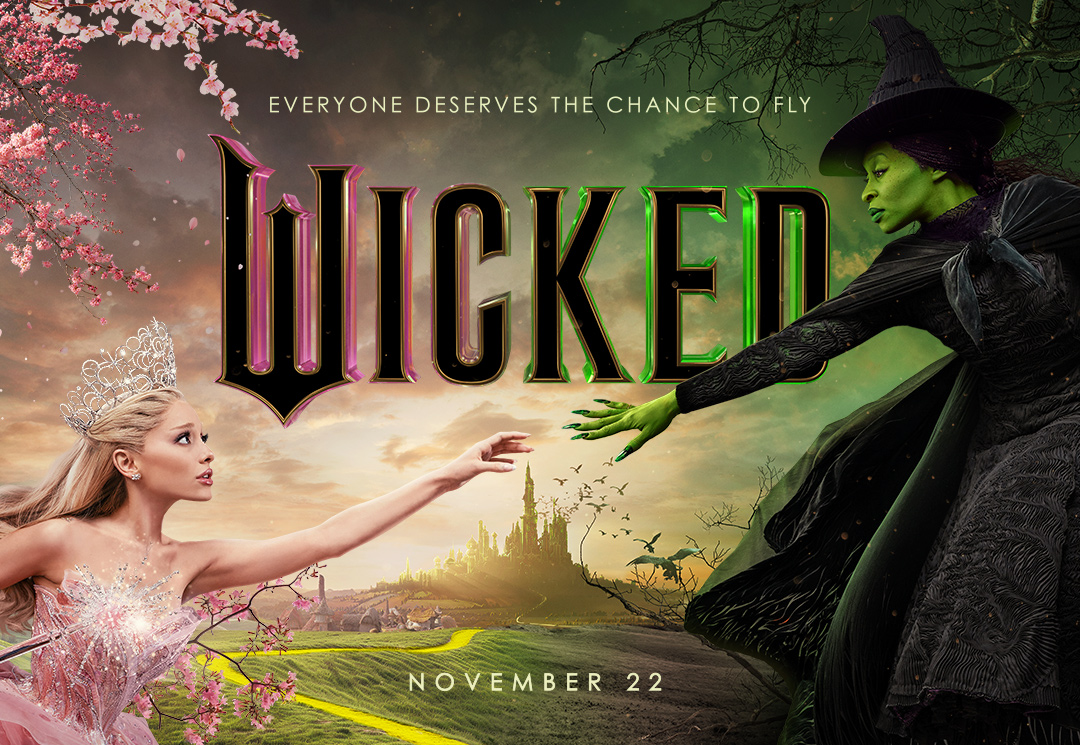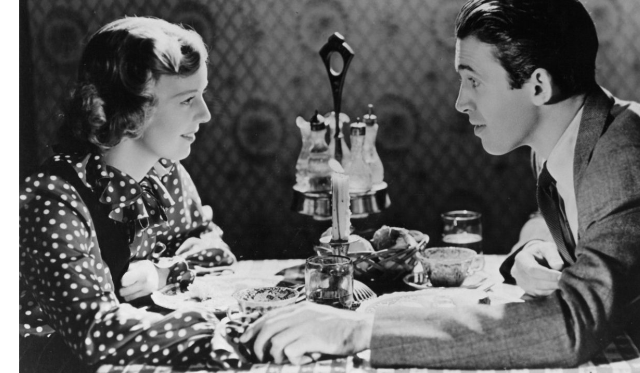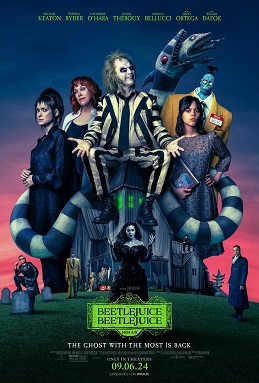Who is Santa Claus?
January 3, 2023
Santa Claus is beloved by children around the world who await presents on Christmas Eve.
Today, children around the United States visit “mall Santas.” This started in Philadelphia in 1841, where children would wait to visit a life-size Santa Claus model. Then, in the 1890s, in hopes of raising money to give meals to families during Christmas time, the Salvation Army began dressing men in Santa costumes and having them work on the streets of New York. They still ring doorbells and work during Christmas time today. A lot of children have such great memories from visiting mall Santas in December.
His story originates from 280 A.D. when monk Saint Nicholas was born in Myra, near modern-day Turkey. Saint Nicholas was known as the protector of children and sailors because he would care for people. There are many legends surrounding his kindness and generosity. It is believed that Saint Nicholas traveled the countryside and gave up his wealth to poor and sick people. He is also known for saving three girls from their father who was going to sell them to slavery or prostitution. He gave the sisters a dowry so they could become married.
Over time, Saint Nicholas became very popular and became known as the protector of children and sailors. He died on December 6th, which is known as his feast day to commemorate him. Saint Nicholas stayed popular after he died, especially in Europe, even through the Protestant Reformation. In this time, the praise of many saints became discouraged.
In the 18th century, Saint Nicholas’ story was introduced to New York in a newspaper article published in the Decembers of 1773 and 1774 that discussed how Dutch people were honoring his death.
The name Saint Nicholas in Dutch is Sint Nikolaas, which was shortened to Sinter Klass. This evolved to Santa Claus in America.
A member of the New York Historical Society, John Pintard, gave out woodcuts displaying Santa Claus in 1804. The woodcuts depicted many things we associate with Santa Claus and Christmas today, such as stockings filled with toys hung over the fireplace.
Later, in 1809, Washington Irving drove the popularity of Santa Claus in the United States in the book, The History of New York. In this book, he portrayed Saint Nicholas as the patron saint of New York.
This led to many different depictions and ideas of Santa Claus. He has been believed to have been a “rascal” with yellow stockings, a blue three-cornered hat, and a red waistcoat. He is also seen as a man wearing a broad brimmed hat and a “huge pair of Flemish trunk hose.”
The Santa Claus that people know in America today was illustrated in Clement Clarke Moore’s poem in 1822, called “An Account of a Visit of Saint Nicholas,” also known as “‘Twas the Night Before Christmas.” In this poem, Moore created the Santa with a stocky figure and the ability to slide down the chimney that children know and love. Although Moore probably borrowed plenty of his ideas of Santa Claus from many sources, this poem created the familiar face of Santa Claus today.
After learning about his history, Christina Morales shares, “Knowing Santa Claus was real added magic to Christmas.” Christina’s experience is similar to millions of children around the world who find so much joy when they hear about Santa Claus and see the presents underneath the tree. Santa Claus has added so much to the experience of Christmas for millions of children!




































